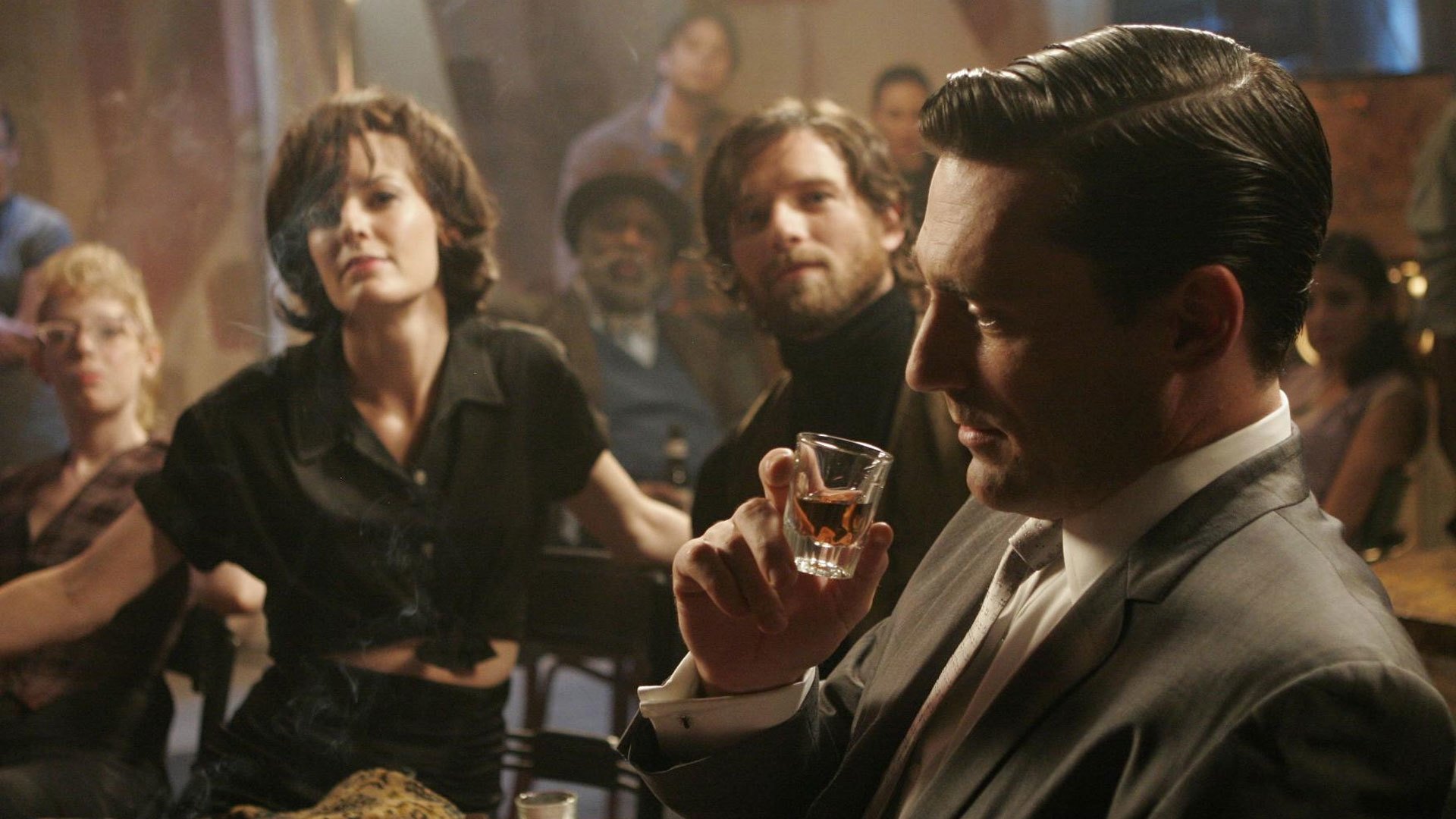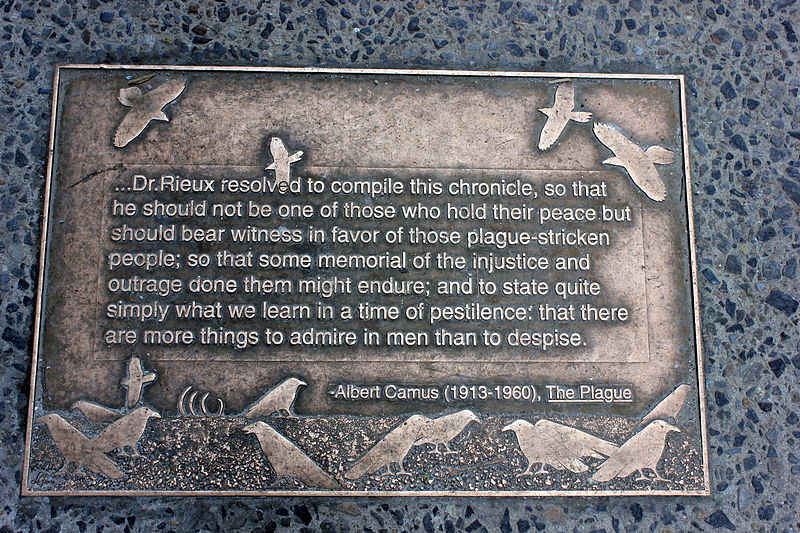Could we too learn there is more to admire than despise in our fellow human beings?
* * * *
 I’m working on a new E-book. The tentative title is “Turning 70 in 2021 – and still thinking the best is yet to come.” One chapter will be “On the music of my life,” and how important it’s been to me. One chapter will be “On the music of my life,” and how important it’s been to me. (Like making those long Camino hikes – illustrated at left – more enjoyable, as well as those endless hours of canoe-paddling, say on the “Rideau Canal Adventure?”) But that project is turning out to be more complicated than I thought. And it’s been awhile since I last posted. (March 20, and this is April 4, Easter Sunday.)
I’m working on a new E-book. The tentative title is “Turning 70 in 2021 – and still thinking the best is yet to come.” One chapter will be “On the music of my life,” and how important it’s been to me. One chapter will be “On the music of my life,” and how important it’s been to me. (Like making those long Camino hikes – illustrated at left – more enjoyable, as well as those endless hours of canoe-paddling, say on the “Rideau Canal Adventure?”) But that project is turning out to be more complicated than I thought. And it’s been awhile since I last posted. (March 20, and this is April 4, Easter Sunday.)
So in the meantime, I’ll paste together this quick review from last March, 2020.
It seems I only did two posts last March: On “Mad Men” – Revisited, March 11. 2020, and – on March 26, 2020 – Meditations on “the new plague.” But to get back to the beginning of that “new plague,” I need to revisit On Week 8 of the Coronavirus shut-down, from May 11, 2020.
There I explained that, to me, the pandemic hit full swing – “the ‘stuff’ hit the fan” – on Thursday, March 12, 2020. That was the day the ACC basketball tournament got cancelled. Then the whole 2020 college basketball “March Madness” got called off, along with the college baseball season. And the NBA, NHL and other major pro sport seasons all cancelled as well. (Though Major League Baseball did have a shortened season – 60 games – starting July 23, 2020.)
So my definition of the “First Full Week of the Covid-19 Pandemic” has it starting Sunday, March 15 and ending Saturday, March 21. (Meaning we’re actually starting the ninth full week of the pandemic.) And that pandemic shows no signs of abating, which means we need to continue adjusting to a “New normal…”
On that note of “weeks of Covid,” this Easter Sunday – April 4, 2021 – will mark the start of the 56th full week of the COVID-19 pandemic.* (That’s 14 full months.)
So now, back to “Mad Men” – Revisited and Meditations on “the new plague,” from March 2020.
Note that I posted “Mad Men” on March 11, 2020. The day before “the pandemic hit full swing,” according to my reckoning above. (The day before “the ‘stuff’ hit the fan.”) So in a way, looking back was kind of like the night before Kennedy was assassinated. My family – I was 12 in 1963 – watched a TV special the night before. It showed Wally Cleaver – Tony Dow as the older brother in Leave It to Beaver – getting a girl pregnant. That was quite a shock, standing alone.*
 Then came that afternoon of November 22, 1963. Which brings up the idea of “knowing what’s going to happen.”
Then came that afternoon of November 22, 1963. Which brings up the idea of “knowing what’s going to happen.”
Suppose you could go back to that morning of November 22, 1963, and know what was going to happen that afternoon? But you couldn’t change it, and you would have to relive the pain you felt that afternoon – and the following long weekend – all over again?
Strangely enough, doing that “Mad Men” post was – to me – similar to being able to see into the future… And how that “gift” might not be such a great thing to have. (I knew the “Mad Men” future because I watched the episodes out of order.) For example, knowing that “the lovely ‘Midge'” – shown above right – would end up turning into a skinny, emaciated heroin addict.
That’s a tantalizing topic I may wish to explore at length in a future post. In the meantime, we’ll move on to the next post from March 2020, ATC’S’HTF. (After the “Covid ‘stuff’ Hit The Fan.”)
As noted, Meditations on “the new plague” came some two weeks after “Mad Men:”
Last March 12 [the day after “Mad Men”], I went to the local library and checked out a copy of The Plague by Albert Camus. (In light our new Coronavirus pandemic.) Which book, incidentally, I cannot now return, because that library and all others in the area are closed… At the same time I checked out a copy of What Jesus Meant, by Garry Wills, for a bit more uplifting reading. And I also started researching more on this “plague” business.
That post noted the difference between epidemic and a pandemic, and adjusting to the new normal, kind of: “No more dine-in lunches, or dinners, or stopping by a local bar for a beer or two before Wednesday-night choir practice. And no more choir practice, or church on Sunday either for that matter.” And I found a review of “The Plague” which gave some perspective:
Being alive always was and will always remain an emergency; it is truly an inescapable “underlying condition…” This is what Camus meant when he talked about the “absurdity” of life. Recognizing this absurdity should lead us not to despair but to a tragicomic redemption, a softening of the heart, a turning away from judgment and moralizing to joy and gratitude.
From that I gleaned a lesson – back in March 2020 – that the “current pestilence might lead” to a change in our national life, “and especially our national political life. That is, “the present ‘Coronavirus‘ might lead to a general and sweeping American ‘softening of the heart.'”
I suppose the jury is still out on that question…
In the meantime, there are now some places where you can have a sit-down, dine-in lunch, or dinner. There are some bars open for business, but no more visits before Wednesday night choir practice. (No more choir.) On the other hand, just today my local Episcopal Church opened up for a 10:00 a.m. in-person service, and about 90 people showed up. (While some other denominations have been open for crowds a long while, “my” church has taken a more cautious approach. See Episcopal churches offer a mix of in-person and online worship options.)
One other bit of good news? At least we didn’t have to get to this point:
* * * *

“Their headgear was particularly unusual…”
* * * *
The upper image is courtesy of The Plague – Wikipedia. See also ‘There is more to admire in men than to despise’: The Plague is essential reading for a pandemic. The “fuller story” is below.
Re: “Camino hikes.” My brother and I hiked the “Camino Frances” in September-October, 2017. We hiked the “Portuguese Way,” from Porto, in September 2019, joined by his wife, my sister-in-law. “The Way” was marked by the yellow-and-blue scallop shell. The caption from Wikipedia reads: “A stylised scallop shell, the modern sign post of the Way.”
Re: The ACC tournament, March Madness and college baseball. For what those sports mean, see June 2018’s “Unintended consequences” – and the search for Truth, and February 2019’s On my “mission from God.”) Or Romans 11 – and “What happened to FSU football?” (From my companion blog.)
Re: “New normal.” Referring to social distancing, extreme caution and shortages of all kinds. Which brought up the question: “What did people do in the Olden Days when disaster struck?”
Re: Full weeks of Covid. My day planner has weeks starting on Mondays and ending on Sundays. So for me the 56th full week of Covid will start on Monday, April 5, and end on Sunday, April 11, 2021.
Re: “Wally Cleaver, getting a girl pregnant.” The TV show in question was “Dr. Kildare” Four Feet in the Morning (TV Episode 1963) – IMDb, which aired November 21, 1963. (Thank you, Internet!)
A pregnant teenager is admitted to Blair with signs of food poisoning, the result of an apparent attempt to induce abortion. Meanwhile, the father of the baby, getting little help from his bickering parents, struggles with his responsibility…
A photo caption from Wikipedia reads: “From the CBS television series ‘Leave It to Beaver,’ showing main character Wally Cleaver (Tony Dow).”
Re: Knowing the future but not being able to change anything. I remember reading about that in an old book by Bonnie Prudden. She had the idea: If you could go back in time for a “do over,” the catch would likely be that you couldn’t change anything and you would have to go through all the pain you experienced “all over again;” the same pain you felt when it “just happened.”
The lower image is courtesy of Plague Beaked Mask – Image Results. See also Why plague doctors wore those strange beaked masks, from a web article that is apparently now defunct:
During the 17th-century European plague, physicians wore beaked masks, leather gloves, and long coats in an attempt to fend off the disease… [T]hey covered themselves head to toe and wore a mask with a long bird-like beak. The reason behind the beaked plague masks was a misconception about the very nature of the dangerous disease… Plague doctors wore spectacles … and a mask with a nose “half a foot long, shaped like a beak, filled with perfume with only two holes, one on each side near the nostrils…” Plague doctors also carried a rod that allowed them to poke (or fend off) victims.
* * * *
Re: A “foul-up” resulting in this old (April 2020) post being made so prominent right now. Maybe it’s a sign from God? See for example Sign From God Meme – Image Results, including the one featuring various church billboards, including the one billboard saying, “Well, you did ask for a sign.”
Also on the not-up-to-date main page: Here’s the original note, when the April | 2020 | The Georgia Wasp started coming up as the main page. Here’s the note I wrote for that SNAFU:
I have no idea why this old post – from April 2020 – comes up as the main page when you Google “georgiawasp.” Something happened on the evening of April 3, 2021, and I’m not sure what. I was writing up the new post, Revisiting March 2020, that I finally published on Easter Sunday, April 4, 2021. For another more-recent post, click on An Updated ‘Geezer Guide to Supplements…’ Meanwhile, I’ll work on fixing the problem.
* * * *
